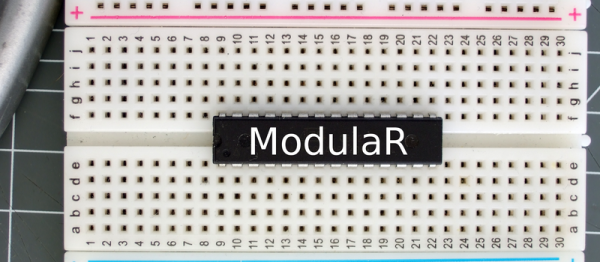Building on the work of others (as is always the case!) [pepe2k] managed to get root access on the Philips Hue Bridge v2 IoT light controller. There’s nothing unusual here, really. Connect to the device over serial, interrupt the boot process, boot up open firmware, dump the existing firmware, and work the hacker magic from there.
Of course, the details are the real story. Philips had set U-Boot to boot the firmware from flash in zero seconds, not allowing [pepe2k] much time to interrupt it. So he desoldered the flash, giving him all the time in the world, and allowing him to change the boot delay. Resoldering the flash and loading up his own system let him dump the firmware.
The “hacker magic” glossed over in the intro consisted of poking around until he found a script that was called on every boot. This is how [pepe2k] gets around not knowing the root password. The script compares the hash of the typed password with an environment variable, set with the hash of the correct password. Changing that environment variable to the hash of his favorite password (“root”) made him master of the box.
And just in case you’re one of the few Hackaday readers who doesn’t understand why we do these things, besides the fact that it’s just fun, consider Philips’ (eventually retracted) clampdown on the interoperability of this very device, or Google’s red bricks. The fatal flaw of IoT devices is that they place you at the whims of companies who may decide that they’re not making enough money any more, and shut them down. Keep your hacking skills sharp.
Thanks [Jan] for the great tip!


















